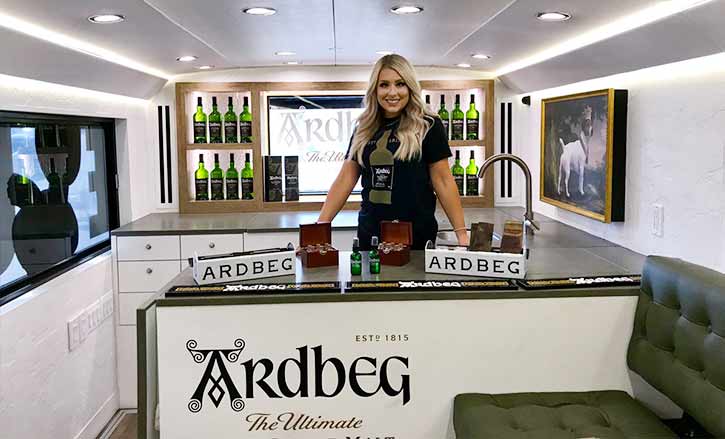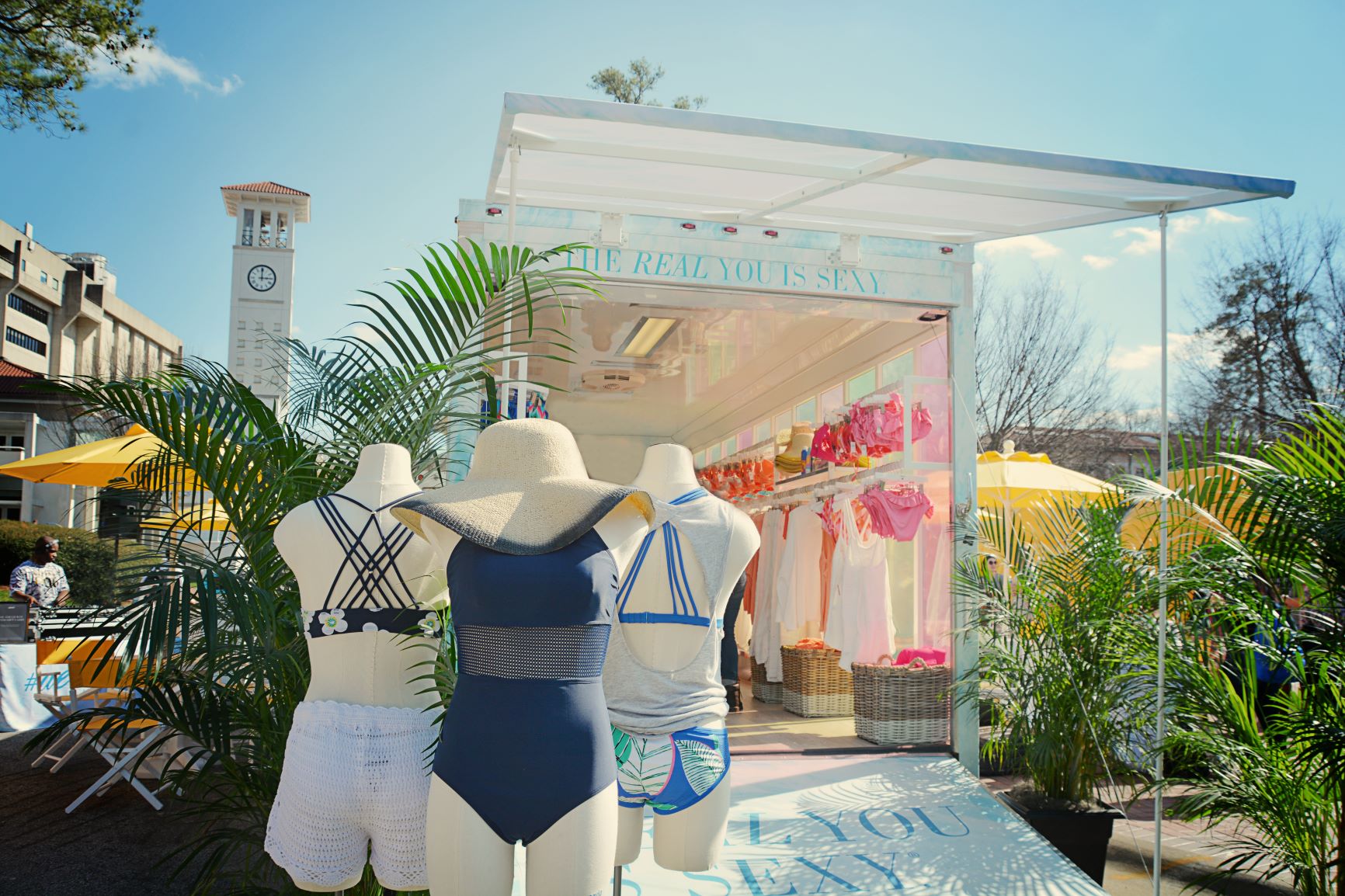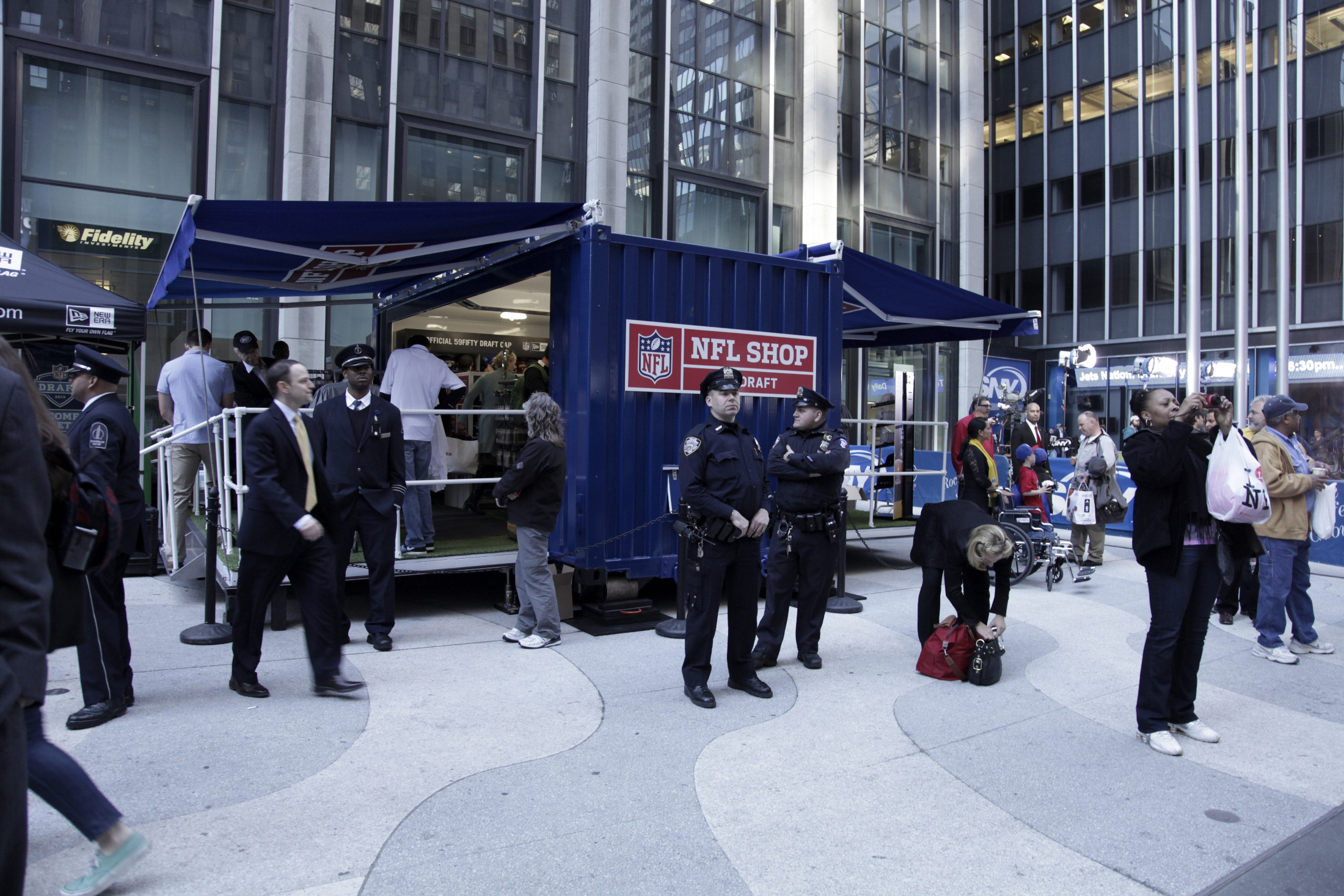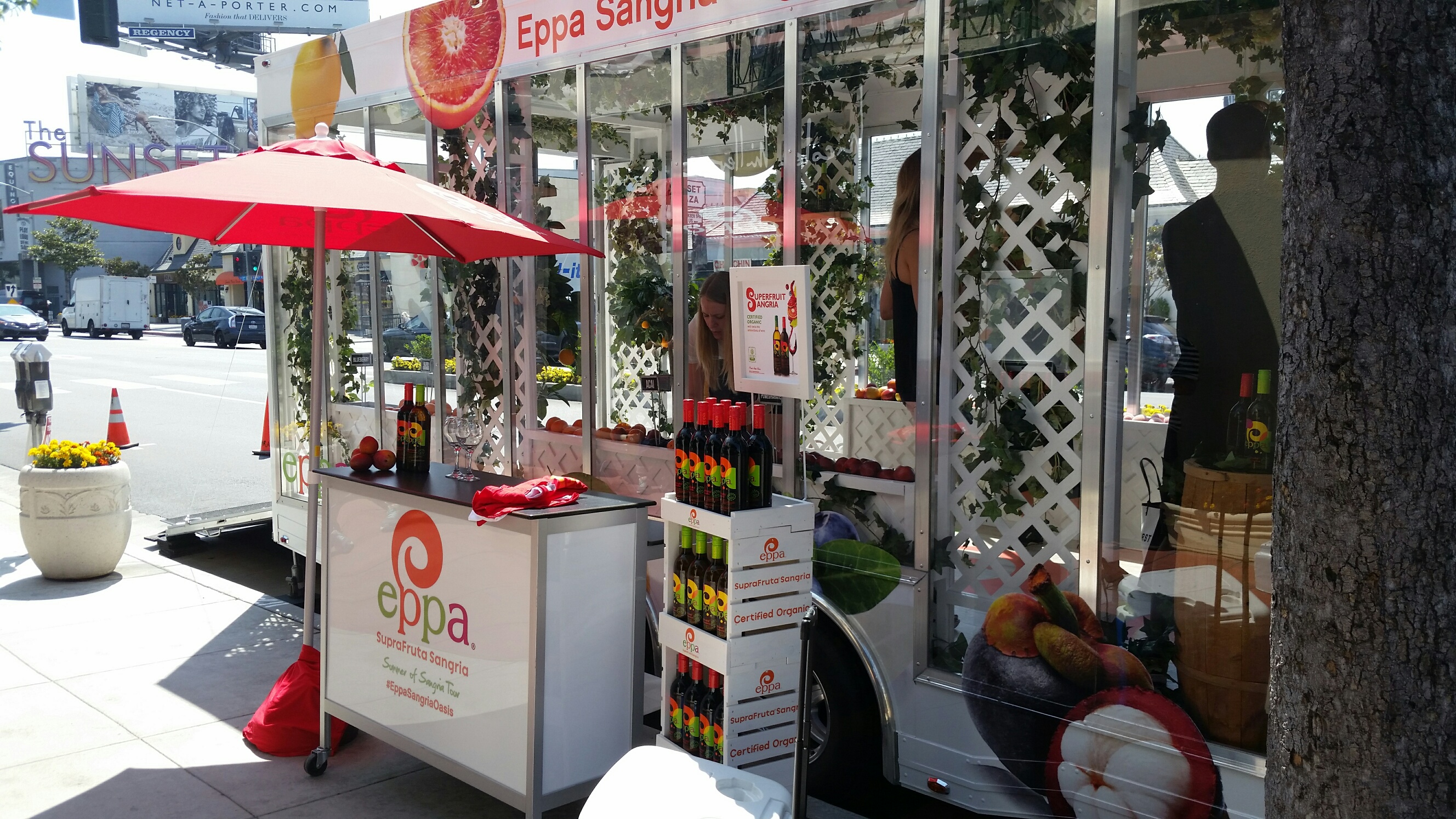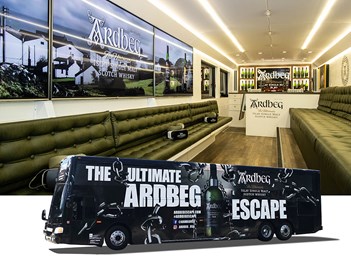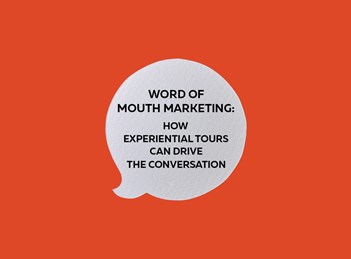
Experiential Marketing vs. Event Marketing: Quality Not Quantity
No longer just the latest industry buzz word, experiential marketing is here to stay. Event planners and marketers are realizing that to effectively reach consumers and make lasting connections, they need more than a traditional PR or even social media campaign. So how do you add that extra oomph to your campaign, and what’s the difference between experiential marketing and classic event marketing?
Typically, traditional event marketing focuses on mass communication, trying to reach as many people as possible with one message. Data collection and product sampling is often the primary focus in an event marketing campaign, rather than a lasting relationship. Experiential marketing collects all that necessary information while also emphasizing quality over quantity, using memorable experiences to create emotional bonds.
Essentially, experiential marketing is a two-way street. It encourages participation and interaction from consumers. They play a part in the evolution of the brand, getting invested in its success and ultimately establishing long-term connections. An effective experiential marketing campaign is active and engaging, seeking consumers out where they live and putting a product or message directly in their path. Conversely, old school event marketing, albeit targeted and proactive, tends to fall short on personalized visitor experiences.
Consumers want brands to talk less and do more. So, implement an experiential campaign. Be memorable and engage all their senses. Do something unexpected and bring your message straight to them- where they’ll be sure not to miss it. Most importantly, deliver it in a way that inspires involvement from your audience, ensuring they’ll develop a lasting loyalty to your brand.
